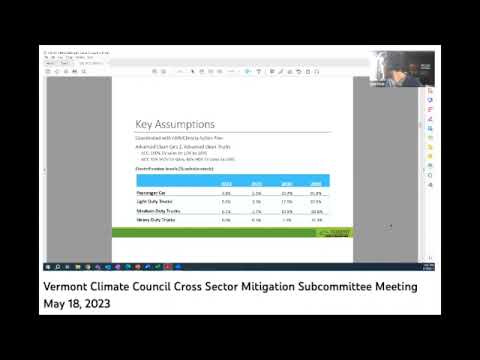Vermont’s supermajority just put Vermont on the path to significantly higher home heating fuel prices in the future with the passage of S.5, the Clean Heat Standard bill, over the veto of Governor Phil Scott. But don’t expect the controversy to end there. Home heating is only one area of greenhouse gas reduction required under the Global Warming Solutio…
Keep reading with a 7-day free trial
Subscribe to Behind the Lines: Rob Roper on Vermont Politics to keep reading this post and get 7 days of free access to the full post archives.



